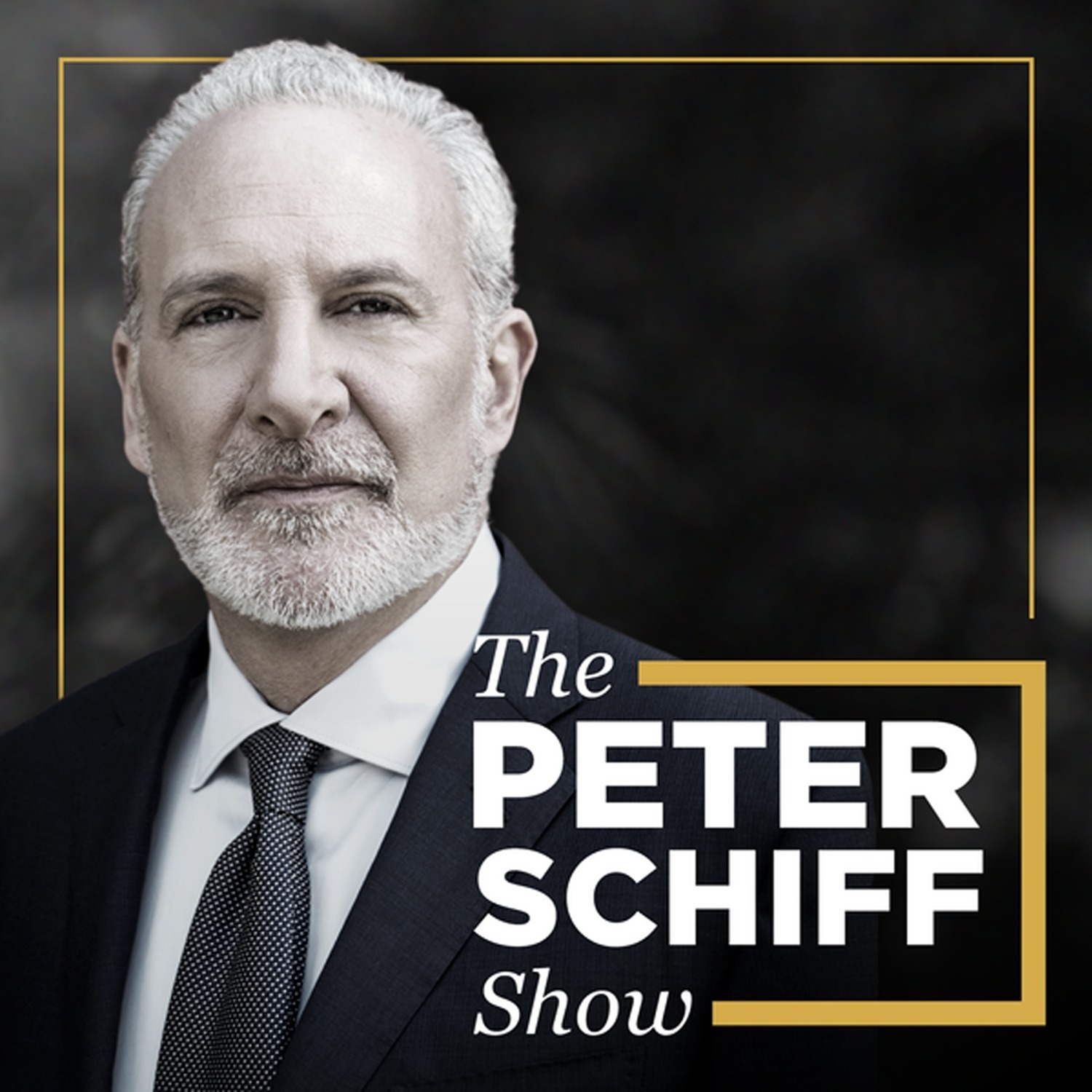U.S. Inflation Is Bullish for Gold and Bearish for the Dollar – Ep. 293
Inflation Higher Than Expected
Today we got the hotter than expected news on prices - on inflation. We got the import/export prices. Import prices were supposed to be up 0.5%, which in and of itself is a pretty big jump, but they were up 0.7. Export were also up; (we would want export prices to go up, because that means we are getting more for what we export) they were expected to rise 0,4%, and instead they rose by 0.8. Double the expectation.
Import/Export Index Methodology More Accurate
Year over year, import prices are up 2.7%. As of last month, the year over rise was just 2.1%, so that's a pretty big jump in the year over year gain. Export prices were up 2.9% year over year. Averaging these out, you get 2.8% as the average increase in 1 year of the price of the stuff we import and export. That's a broad based increase - well above the supposed 2% level the Fed is looking for. They are looking for consumer prices, measured by the CPI, but the Import/Export index represents things the consumers consume, and I would think these numbers are going to be more accurate than the CPI because there is less subjectivity in there. I think the methodology is more accurate than the methodology on the CPI. I think soon we're going to see year-over-year increases import and export prices with a 3 handle.
Markets Working Counter-Intuitively
When this news came out, the immediate reaction was to buy the dollar and sell gold. Why? Why is higher inflation bad for gold? The main reason to buy gold is as an inflation hedge. If you think there is going to be more inflation, then you buy gold. Perversely, the way the markets work now, you sell gold if you think there's going to be more inflation, in fact, you buy the currency of the country that is experiencing more inflation, which is counter-intuitive. Inflation by definition, is the currency losing value. If the currency is losing its purchasing power, why would you want to buy more of it? You would want to get rid of it to avoid that loss.
Will Higher Inflation Produce a Tighter Fed?
But the thinking is, if there is more inflation, as measured by these price indexes, that the Federal Reserve is now going to have to fight the inflation, that they are going to be more likely to raise interest rates, to raise them sooner, to raise them more, in the face of higher inflation. So it is the expectation that these higher numbers will produce a tighter Fed - that is what rallies the dollar, That is what hurts gold - the anticipation of higher rates to fight off the inflation.
Fighting Inflation vs. The Bubbles
Reality is that the Fed will ignore the higher inflation numbers and do nothing. Whatever it is going to do with rates, it will do it regardless of these numbers. Ultimately, if the Fed has to make a choice between fighting inflation and unemployment (because the Fed believes in the Phillips Curve trade-off between employment and inflation), the Fed will always choose to fight unemployment. It will prop up the labor market and sacrifice its inflation goal. It is more concerned with maintaining asset bubbles, propping up the U.S. government so it does not have to default on its debt.
Letting Inflation Burn
The reality is, higher inflation is not going to produce a tighter monetary policy. The Fed is going to have to ignore higher inflation, which means the inflation is going to get even worse. It is almost like the Fed has to ignore a fire, and because it ignores the fire, it is just going to get bigger, it's not going going to try to put it out because it is afraid that putting it out is actually worse than letting it burn. If traders understood this, then they would be dumping the dollar and buying gold.
Real Inflation vs. Nominal Inflation
Even if the Fed ultimately raises rates, they're not going to get out in front of the inflation curve.Privacy & Opt-Out: https://redcircle.com/privacy
 Sign in
Sign in Sign in
Sign in Sign in
Sign in

















































